Xiaomi HyperOS (aka SurgeOS) is the latest operating system designed to connect personal devices, cars and smart home devices to Xiaomi’s smart ecosystem. It connects more than 200 products from the Chinese company, from Xiaomi, Redmi, POCO smartwatches and smartphones to LED desktop lapms and electric cars.
The name HyperOS is not simply reminiscent of Huawei’s HarmonyOS, which was stripped of its services licence by the US corporation Google (developer of the Android OS). This led Huawei to create HarmonyOS based on the Android Open Source Project.
It’s also time for Xiaomi to unify the devices in its ecosystem, hedge against such a development and address MIUI’s issues at the same time.
This article is relevant for the first HyperOS version. We write separately about HyperOS 2.0 and HyperOS 3.
HyperOS release date
Rumours about the development of a new operating system for Xiaomi, Redmi and POCO phones have been around for a long time. It was called MiOS, CNMIOS, PengpaiOS and even Mina. We didn’t guess with the name, but the new OS was indeed created and it was officially unveiled along with the new Xiaomi 14 flagship in late 2023.
The official release date for HyperOS is 26 October 2023. On this day there was a presentation where the new OS was presented to the public.
Two phases of HyperOS updates:
- December 2023 to January 2024 – firmware exclusive to users in China.
- Starting in the first quarter of 2024, HyperOS Global began to be released for supported phone and tablet models (the first versions were released as early as the end of December 2023).
The first device with the new OS was the Xiaomi 14 smartphone on Snapdragon 8 Gen 3 with a top-of-the-line Leica Summilux lens (F/1.4 aperture).
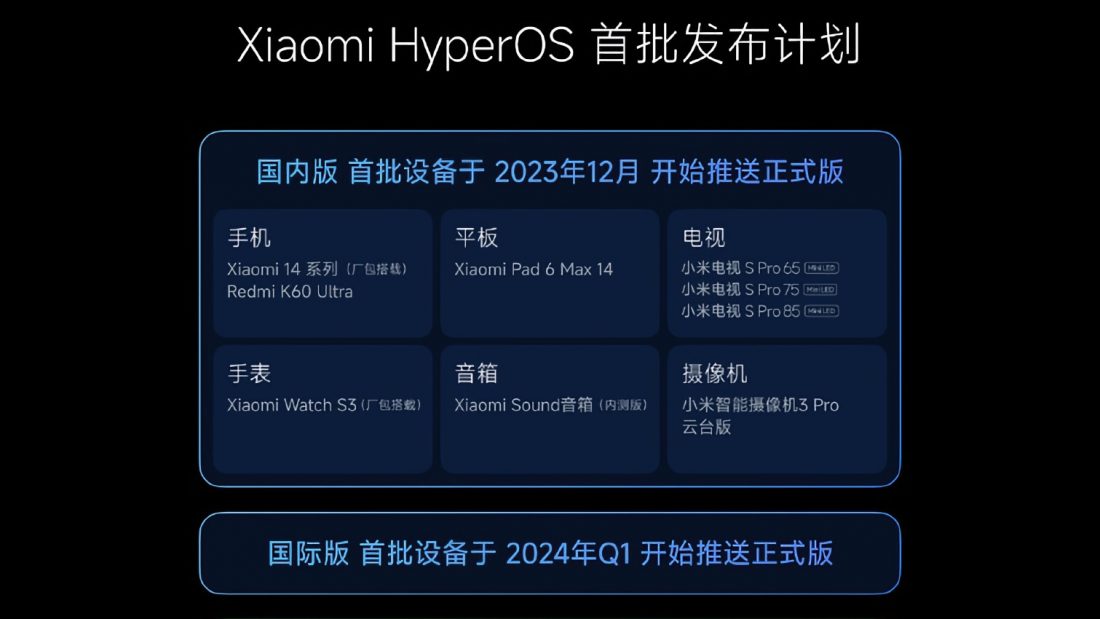
HyperOS Global is going to start rolling out to the company’s devices in the first quarter of 2024, including in India
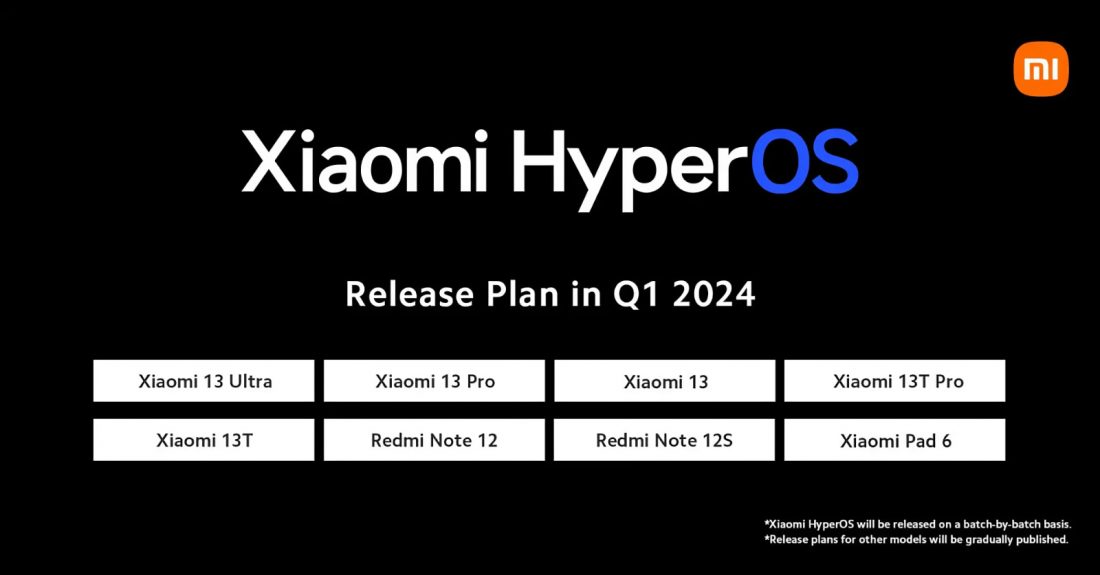
On 29 February 2024, Xiaomi HyperOS release schedule in India was revealed.
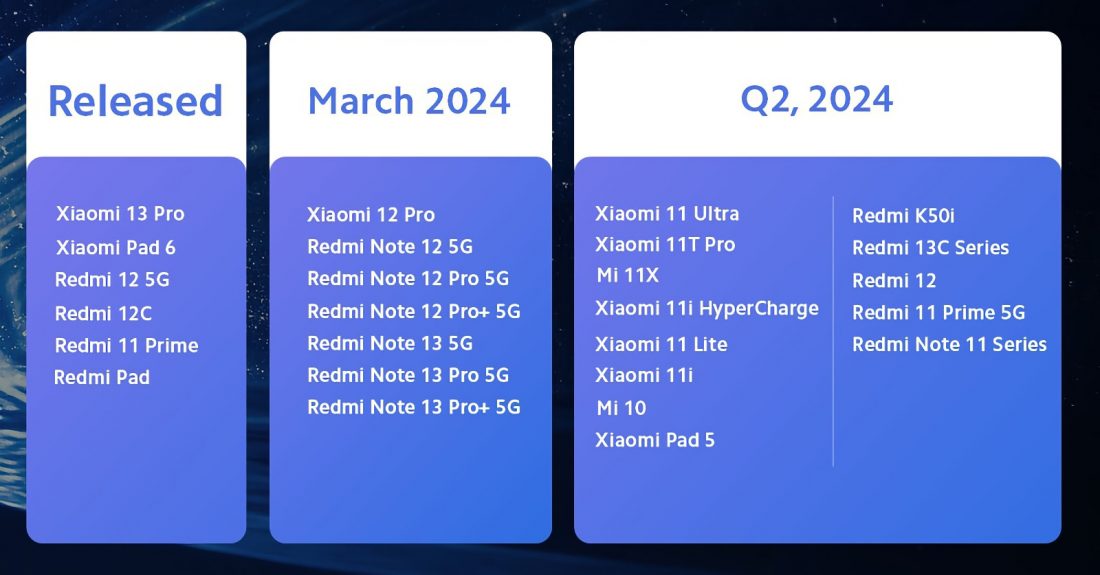
Which smartphones will receive the update
Xiaomi HyperOS is pre-installed on Xiaomi 14 series smartphones, Xiaomi Watch S3 smartwatch, Xiaomi TV S Pro 85″ MiniLED and other devices.
According to official information from the presentation of the new system, HyperOS will receive the update in 2024:
- Xiaomi MIX Fold 2 and MIX Fold 3, Xiaomi 13, 13 Pro, 13 Ultra.
- Xiaomi Pad 6, Pad 6 Max 14, Pad 6 Pro.
- Redmi K60, K60 Extreme Edition, K60 Pro.
- Xiaomi TV S Pro 65 Mini LED, Xiaomi TV S Pro 75 Mini LED, Xiaomi TV S Pro 85 Mini LED.
- Xiaomi Smart Camera 3 Pro PTZ version IP.
- Xiaomi Sound.
- Xiaomi Watch S3.
MIUI 15 builds have been tested on multiple models of Xiaomi, Redmi and POCO smartphones and tablets. During the announcement of the Redmi K60 Ultra, MIUI 15 was also flashed. And shit: pieces of MIUI 15 code were spotted in the code of the leaked Chinese HyperOS build 23.9.28.
We can conclude that instead of MIUI 15, HyperOS will be released for supported Xiaomi, Redmi, POCO smartphones and tablets. For example, the aforementioned Chinese build of HyperOS 23.9.28 is based on Android 14 and works fine on the same POCO F5.
BBased on this, we can assume which phones will be updated to Xiaomi HyperOS. If a smartphone is marked with “?”, then the release of the update for it is in doubt.
Which Xiaomi phones will get HyperOS
- Xiaomi 14, 14 Pro and more recent models
- Xiaomi 13, 13 Ultra, 13 Pro, 13 Lite, 13T Pro
- Xiaomi 12, 12 Pro, 12X, 12T, 12T Pro, 12S Ultra, 12S, 12S Pro, 12 Pro Dimensity Edition, 12 Lite
- Xiaomi 11T, 11T Pro, 11 LE, 11 Lite 4G, 11 Lite 5G, 11 Lite NE, 11 Lite 5G NE, 11i / Hypercharge, 11X, 11X Pro, 11 Pro
- Xiaomi Mi 11 LE, Mi 11, Mi 11 Ultra, Mi 11 Pro, Mi 11i – may not get HyperOS or may be the last to upgrade
- Xiaomi MIX 4, MIX FOLD (?), MIX FOLD 2, MIX FOLD 3
- Xiaomi Civi, Civi 1S, Civi 2, Civi 3
- Xiaomi Pad 5, Pad 5 Pro Wi-Fi, Pad 5 Pro 5G, Pad 5 Pro 12.4
- Xiaomi Pad 6, 6 Pro, Max 14
Separately, the Xiaomi Mi 10 smartphone is worth mentioning. The update release schedule for India shows that the Mi 10 will get a new OS in the second quarter of 2024. However, this phone is on the EOL list and is not receiving updates. The situation is baffling.
On 26 April 2024, the European HyperOS for Mi 10 has been released. At the same time, the European version of the smartphone is on the EOL list, as well as all other regions. Apparently, there will be a farewell gift for this popular series after all.
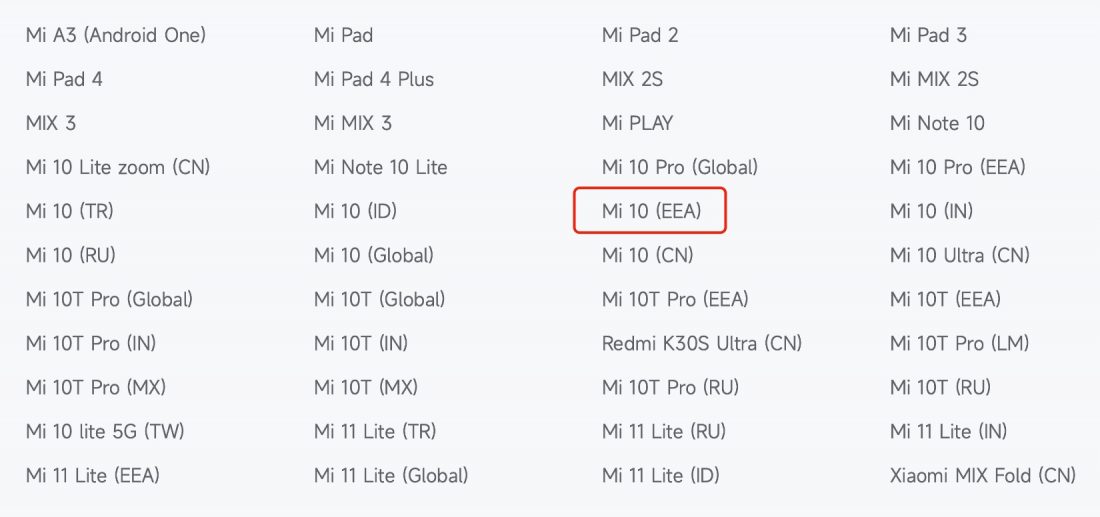
Which Redmi phones will get HyperOS
- Redmi K70, K70e, K70 Pro and more recent models
- Redmi K60, K60e, K60 Pro, K60 Ultra
- Redmi K50, K50i, K50i Pro, K50 Ultra, K50 Gaming, K50 Pro
- Redmi K40, K40S, K40 Pro, K40 Pro Plus, K40 Gaming
- Redmi 11 Prime / 5G
- Redmi 12, 12 5G, 12C
- Redmi Note 10 5G, 10 Pro, 10S, 10 Pro 5G – may not get HyperOS or may be the last to upgrade
- Redmi Note 11, 11 Pro, 11 Pro Plus, 11 4G, 11T, 11 Pro 5G, 11 Pro Plus 5G, 11E, 11S 5G, 11 SE, 11T Pro, 11T Pro Plus, 11R
- Redmi Note 12, 12 Pro, 12 Pro Plus, 12 Pro Explorer, 12 Pro Speed, 12 Pro 4G, 12S, 12 Turbo, 12R, 12R Pro, 12 5G
- Redmi Note 13 5G, 13 Pro, 13 Pro Plus
- Redmi Pad, Pad SE
Which POCO phones will receive HyperOS
- POCO X6, X6 Pro and more recent models
- POCO M6 Pro
- POCO F5, F5 Pro
- POCO C55
- POCO X5 Pro 5G, X5 5G
- POCO M5, M5s
- POCO X4 GT, X4 Pro 5G
- POCO F4, F4 GT
- POCO M4 5G, M4 Pro 4G (?), M4 Pro 5G
It is unlikely that older models will continue to run on MIUI, receiving minor updates, while new devices will be coming out with HyperOS already.
Devices in the lineup of Mi 10, Redmi 9, Redmi K30, Redmi Note 9, Redmi Note 10, Redmi A1, POCO C40, POCO C50, POCO M2 and M2 Pro, POCO F2 Pro, POCO X2 and X3, X3 NFC, POCO M3, and lower models will not be updated to HyperOS.
On 16 August 2010, the first version of MIUI based on Android 2.2 was released. Since then, Xiaomi engineers have been tweaking this operating system, rolling out new versions every year, with thousands of testers helping them identify bugs.
In 2014, Xiaomi entered the world of the Internet of Things (IoT), which is a multitude of physical objects connected to the internet and exchanging data. And now, after 13 years, we are greeted by the new HyperOS.
We’ll talk about how new it is next.
You can download HyperOS from our website. The first stable firmware is already available.
HyperOS: what’s new
Xiaomi Corporation not only makes smartphones, but over 200 different devices including smart watches, smart home devices and more. HyperOS is designed to simplify human interaction with this ecosystem.
Its development was officially launched in 2017. The developers aimed to unify support for all devices and applications through a set of system frameworks. Xiaomi HyperOS is based on Linux (Android is based on it) and Xiaomi’s own Vela platform for IoT (Internet of Things) devices.
The basic architecture has been rewritten, but the design of the new system is very similar to MIUI. It would be strange to create it from scratch when there is a lot of experience with MIUI interface and there are many users who are used to it.
What’s new in HyperOS:
- The operating system can be installed on smartphones, smartwatches, TVs, cars, and other Xiaomi devices.
- With the integrated HyperConnect device centre, you can control virtually the entire set of devices connected to your ecosystem from anywhere – at home, on the go or in the office. For example, the brightness of a table lamp and other features of smart ecosystem devices.
- Data transfers between devices use end-to-end encryption with TEE.
- It’s more productive and power efficient than MIUI. The same running of resource-demanding smartphone games provides more stable frame rates and lower power consumption compared to stock Android.
- Multitasking (dividing tasks into several computational units for joint processing) is supported, which allows for a big performance boost.
- The file system, memory management, image processing subsystem and networking system have been restructured.
- You can switch camera sources during video conferences, access in-car cameras from your phone, access your smartphone’s rear camera while using your tablet or laptop, or connect your tablet to the Internet via your smartphone.
- Apps, clipboard content and notifications can be moved between devices.
- The HyperMind ecosystem’s cognitive centre analyses a person’s environment and behaviour to learn their needs and automatically adapt devices to meet them. For example, if you always switch on the lights in the living room when unlocking the smart door lock, HyperMind will suggest automatically switching on the lights in the room when you open the door.
- Xiaomi AI Assistant can generate texts, images, create subtitles in real time to transcribe conversations during video conferences and save them as notes. It also adds voice search for images in photo albums.
In addition to the appearance, there are more significant changes. For example, enhanced customisation options, redesigned menus, and new features to extend the phone’s life to a single charge.
HyperOS supports devices with RAM sizes ranging from 64 Kbytes to 24 GB. The firmware takes up only 8.75 GB on smartphones.
What’s new in the HyperOS interface:
- Cosmetic changes to the interface, like new icons and fonts. The operating system has become a bit more like Apple iOS, but it clearly shows the MIUI 14 successor.
- The updated notification bar has received a new smooth downward scroll animation. It now displays the player and lets you switch tracks.
- Wallpaper settings, customisation options and new presets have become very similar to what the latest iOS versions offer.
- The settings menu has been redesigned and some features have been moved to other sections. It’s definitely become more convenient.
- The Security app received 4 modes of device battery life: performance mode, balanced, economy and ultra-economy.
- Added “Battery Protection” section, which displays battery temperature, number of charges for today. Here you can also enable or disable optimised charging, which is designed to reduce battery ageing. For this purpose, the device takes into account the peculiarities of the charging mode to reduce the number of unnecessary continuous recharges.
- In the Advanced Features section, there’s now a Night Mode option that automatically disables certain features to save battery power when the device goes into sleep mode.
- You can control app autorun and dark mode, close battery-draining apps, enable automatic brightness adjustment, and automatically clear the device memory 10 minutes after it’s locked. All of this will save battery life. Each item has an indication of how many minutes of device life it will add.
- The Notes app has updated fonts.
- The Weather and Calendar apps have been updated.
- Changed the look of the calculator to match the HyperOS interface style.
- The redesign of “Gallery” resulted in the appearance of “Photos” and “Albums” sections on the bottom panel. Albums are further divided by type: portrait, timelapse, selfies, burst, slo-mo, and documents.
- The camera app has become more like its iOS counterpart and has been tweaked for one-handed use.
- New animations have been added. For example, when you connect your smartphone to the charger, a corresponding animation appears at the top of the screen, as if sliding the screen down for a few seconds.
What do you think of the abstract wallpaper from HyperOS? The images have a resolution of 1080×2400 pixels and look great.
This is not all wallpapers: there are also Fluffy pictures, Mountains and Flowers. You can view and download all HyperOS wallpapers at this link from Mega – download.
This is not all innovations, the article is supplemented.
As of today, we are gradually saying goodbye to MIUI. As soon as new details become available, we’ll update this article right away. Stay tuned for more updates.

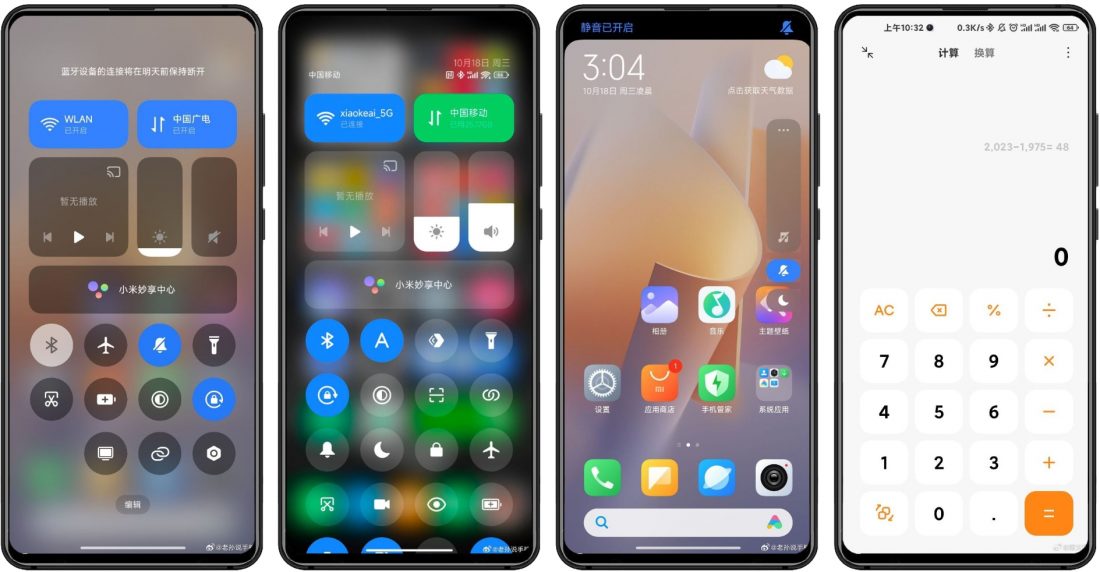








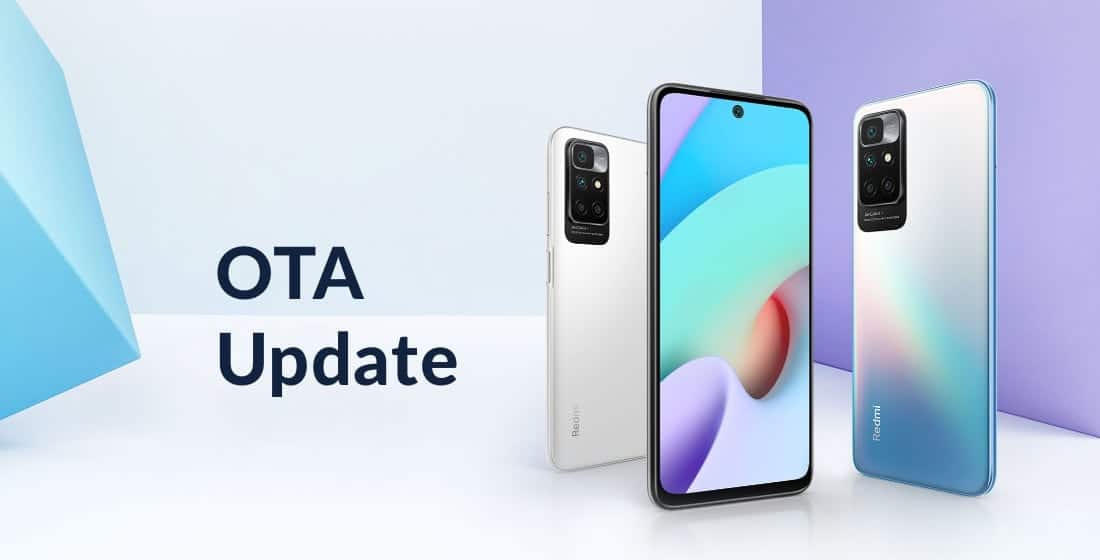
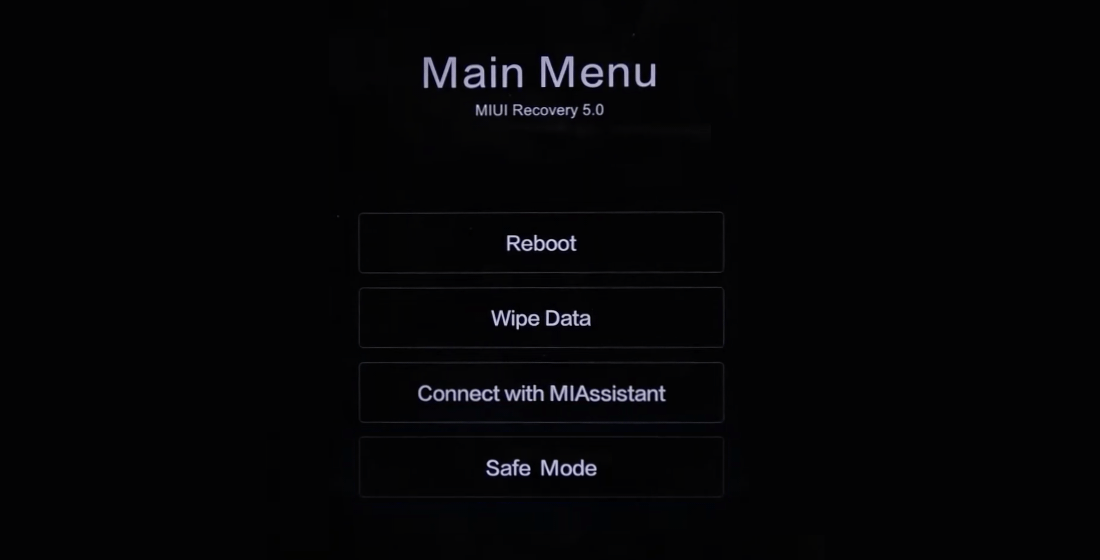
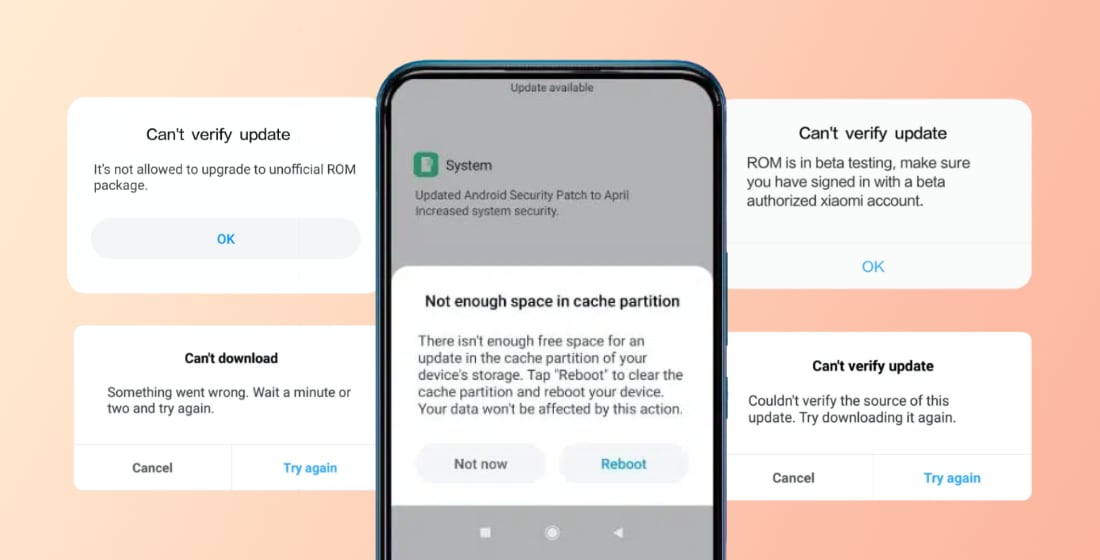


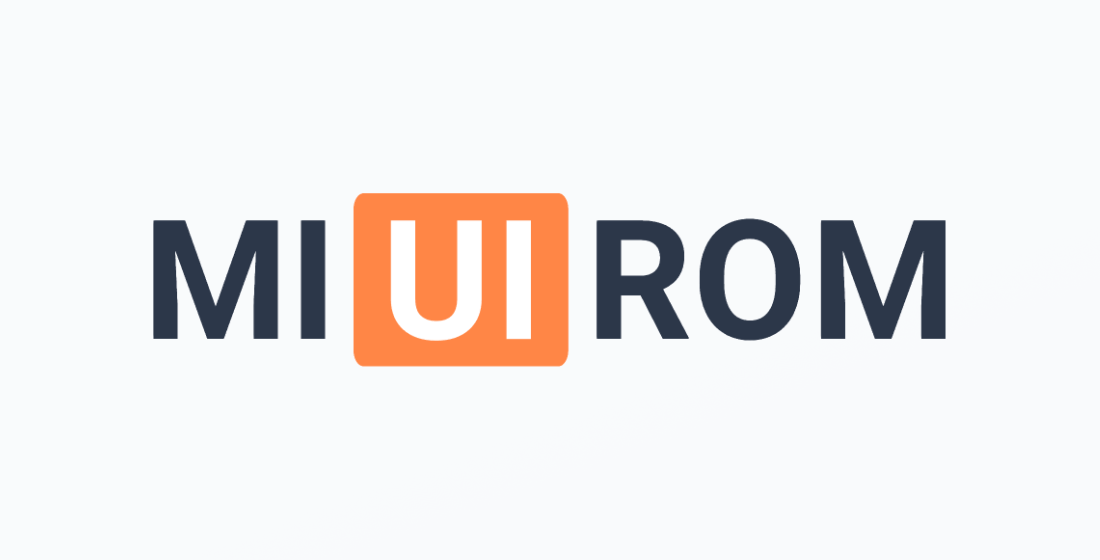








Hey redmi why not speak for divece xiaomi redmi 9a please.
I want. To update. Redmi 9a for android. 11. 12.5.1. My Divece india
Are you kidding me? This phone’s been off the market for a long time. There are no updates for it.
which is the right HyperOS for MI 9T ?
Will Xiaomi 11t gets the latest android version 15 and hyper os 2?
“HyperOS supports devices with RAM sizes ranging from 64 Kbytes to 24 GB” I dont think that’s possible
May be
Will Redmi note 12 turbo will get 2.0?
No information yet
Will Xiaomi 12R 5g get hyperos update?
There is no information, but it seems that it can get that update.
will xiaomi mi 11 lite 5g get hyperos update?
kapan update hyperos dipoco f4
HyperOS 1.0.2.0.UNOEUXM for Redmi Note 13 pro plus broke whatsapp notifications and any other push notifications when on mobile data. Messages and notifications arrive 20+ minutes later or never. Eventually I’ve fully reset my phone and the behavior still exists. Thank you, Xiaomi…
REDMI NOTE 10 PRO ultimo Aggiornamento MIUI 14.0.9.0.TKFEUXM compresa Patch di sicurezza del 1 NOVEMBRE 2023 fatto in data 18 DICEMBRE 2023, oggi 1 Aprile 2024 non ha ricevuto più NULLA.
Visto che questo DEVICE è nato a Marzo 2021 non doveva arrivare qualche Aggiornamento prima che finisse il supporto a Marzo 2024? ( Come ho scritto sopra non doveva finire al 18 DICEMBRE 2023 complimenti XIAOMI )
mod dark in home phone to this update is very bad pls fix that because my eyes are burning because of this harmful lighting you have
last update is very nice but this one Na
i have Redmi Note 11
When will I get the update for Poco M4 Pro 5G?
No such information
Note 8pro sudah dicoret dari daftar keluarga?
No
when will hyperos update come to xiaomi 11t pro smartphone
We don’t know
after update my redmi note 11 4/64gb version to hyper os 1.0.3.0 global camera quality now decrease
Try Hard Reset, wait for fix or do a rollback
Redmi note 10 not receive hyper os 1 update ?? Please update my phone
did note 10 pro max get hyperos update too? i saw note 10 pro. but didn’t saw 10pro MAX…
How long I waiting HyperOs version?
My phone is redmi note 12r.
Plz reply me. Plz
check redmi 12 5g, they have same codename
Me gusta mucho el miui el hiper
Can I put the Global ROM on my Xiaomi 14 Chinese version?
Yes you can. With unlocked bootloader
My phone is close now ı don’t know to do it’s redmi note 11 pro global version plase help me
Try Hard Reset
Why My redmi 12 can not change control Center some thing in Croatia not Work well
Please help me
New features are available not for all phones. Or you need to wait some more updates.
Hi xiomi guidance my device xiomi redmi note 12 turbo 16 ram 1 tb memory hyperos 1.0.4.0 UMREUXM version the device is very badly heated 46 47 48 c isdiliy gorsedir screen image shaped saga left donderer freeze lag. Zaratka finishes late, essentially in performance mode, the device is a dehset heated hairdryer. There’s a vibration on the screen in the poco launcher when the device is terminated and restarted in the hyper launcher, the device is captured on the main screen and the saga freezes It doesn’t give you 90 fps in the game, it doesn’t give you 50 fps of grief in the hett, it’s very agar when you’re jacking tund colors that’s very hungry when you’re jacked. Tund colors don’t go like tund screen heat releases very bad agappaq water, you reduce the afapas if you don’t have a very bad mind. It’s very bad heating when you’re heating up, I’m throwing feedback video on the terzde that’s going to burn your hand. If you text, it’s suddenly captured and you’re typing the picture on the screen poco launherde if I’ve written all the problems with my gmail.com address, it’s not going to see it or it’s going to go to the sebeke, whether it’s turbo on the left or it’s not urgent or 120 fps are seen from the left Little ozune game turbo sonur pubg game freeze bag lag drop hot fps dusma please salt in a row1 month of pleasure and you don’t gunce the system? This grieving mustery is unscrupulous, Xiomi’s guidance is that we believed in the year that you would give us a beleaguered he?in a very different way I am asking for an update. I’m scrolling through Instagram, looking at links, YouTube, Facebook, down, up, down, up and down. It suddenly freezes, nothing can be done, neither up nor down. Please help us if it is not updated.
My phone is Redmi note 13 pro plus 5g india can I get hyperos update?
Hello, my phone is poco f3. Will my phone get the hyper os update?
No
There’s mi 11x and and redmi k40
But what about Poco f3?
They are the same device after all …
POCO F3 will not get the HyperOS
My phone is Redmi note 10s global can I get hyperos update?
No
My phone model is redmi note 9 pro max India version can I get hyperos update
No
Have a good day.
My phone model is redmi 13c. can i get hyperos
Yes
Poco m4 pro dapet gak sih?
X3 Models only 3 years old but no updates? I’m done never touch Xiaomi phones once again! NEVER!
When release this os for Xiaomi 13 lite
No info
When will redmi note 13 pro 4g get hyper os
No information yet
but there is a possibility that redmi note 13 4G will get hyperOS?
Yes
will Redmi Note 10s get Hyper OS??
Redmi note 10 pro will get or not hyper Os
It’s not specified we’ll..
Today Region India Update to HyperOs 1.0.1.0.umoeuxm for Redmi Note 12Pro 5g
Redmi 11 prime 4g mobile hyperos update kab aayega
No information
Redmi k50i Redmi 11t pro hyperos update What will come and actually when will it come and how many dates will it come?? plz told me
No information
Mera redmi12 5G update nahi mila hai
No information
Please 🙏 sir fix the camera department of ( mi 11t )
It is not so good can’t capture the good photo
please provide hyperos update to my Xiaomi Redmi 7 phone my phone is very cramping
Will Hyper OS come to Redmi 10 ?
Redmi 12 😋
Apakah sudah tersedia untuk poco M5?
Mi 11 lite 5G can get Hyper OS update?
May be
Still hoping for redmi note 10 pro to have hyperos update🙏🏻🥹
But that’s not a fact
Cos’è questa risposta?
Prima Xiaomi diceva si per Redmi Note 10 Pro ora dice di no, il telefono non è troppo vecchio, 3 anni di vita!!!
Il mio è fermo alla versione MIUI 14.0.9.0.TKFEUXM Patch di Novembre 2023 con Android 13, spero negli Aggiornamenti di sicurezza da non confondere con gli Aggiornamenti di Sistema Google Play.
Will Redmi Note 10 pro get HyperOS update?
No words about POCO F3?
No
Hopefully there will be lots of changes, 3x smoother, not as many bugs and third party applications and advertisements
25.12.2023 aktualizace POCO F5 , velikost 5GB , verze OS 1.0.4.0.UMREUXM + ANDROID 14 , jedná se o evropskou verzi.
Xiaomi 11i hyper os update date?
Not yet
We hope Hyper OS stable version in Poco X5 Pro.
Redmi note 10s hyperos almali bence sebeb Xiaomi 3 miui ve 2 Android günceller redmi note 10s 2 android aldi 12 ve 13 ama miui almadi daha 13 ve 14 aldi ve miui 15 yoksa artik hyperos almali 3 cü yani
Bununla ilgili henüz bir bilgi yok
There are times that xiaomi really good, but that was in the past and this future im not really sure instead im pessimistic. Im not interested at all with hyper whatever.
Redmi note 10 lite edge can get hyper os???
No
Will Redmi Note 10 5G receive HyperOS update? I hope it will be answered
I think, that phone will not recieve HyperOS
Updating to HyperOS on my Chinise ROM Xiaomi 13 Ultra! <3
I am from Pakistan.
I have mobile redmi note 10 pro will it get hyperos update?
No information yet
Redmi k20 Pro is a capable device and it should also receive a update for HyperOS.
Capability is nothing on Xiaomi’s mind. It matters when the phone was released.
If possible then give hyper os in redmi note 9 pro I am using from Last 3 years and miui 14 is very slow infact it takes 1 minute to switch on atleast solve this problem
Thanking you
Your loyal user
9 series is in blacklist
Give Redmi K20 Pro Raphaelin HyperOs Update, please.
Check with HyperOs Updater (Google Play)
That’s rubbish.
Please add Redmi 12 5G model under the section Which Redmi phones will get HyperOS. You have only added 12,12C.
There was no official information about this model.
Please add setting option next to edit icon in hyper os status bar. it will make easy to use and it’s very useful
Will Redmi Note 10 get HyperOS updates in future?
https://miuirom.org/updates/redmi-hyperos-1
Will Hyper OS come to Poco X3 Pro?
No
Why the hell it shows in the POCO list then for months? Still showing as well… To get clicks on the site?
https://miuirom.org/updates/poco-hyperos-1
Showing in beta.
And here:
https://miuirom.org/phones/poco-x3-pro
When POCO X3 Pro HyperOS 1 update will be released?
HyperOS 1 Global Beta is already being tested. A stable version is expected soon.
Hope this update will be the best
it’s better to provide your device model ,bro
hope this can be released ASAP, always believe that something wonderful is about to happen
Hyperos tomorrow is coming update fust for poco m6 pro 5g so send fast update to poco m6 pro 5g
Will Redmi k50i get HyperOS updates in future?
Redmi note 12 turbo – does’ not including hyper os update ?
Redmi note 11 sejak update hyperOS sering patah patah,terlebih lagi buat main game.
Bagaimana solusinya
Dan sudah berapa lama Anda diperbarui?
Redmi Note 9 Pro 😔
Your phone is too old…